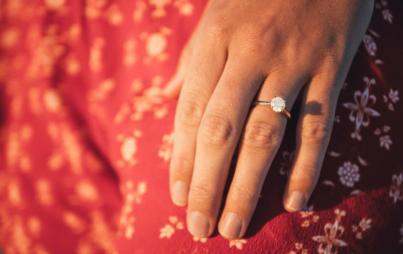
It was only after researchers added female mice to their lab that they discovered that microglia may only control pain in men, not women.
In what I can only describe as a headdesk moment of monumental proportions, a new study examining chronic pain found that existing studies were largely inapplicable to women because they had been done on male rats. Until recently, scientists relied primarily on male lab animals because they assumed that the results would be the same.
As you might imagine, assuming that men and women are exactly the same hasn't worked out too well. The study, published in Nature Neuroscience, found that men and women experience pain differently. These differences may explain why many treatments for chronic pain have been effective in men, but largely ineffective in women.
"For the past 15 years, scientists have thought that microglia controlled the volume knob on pain, but this conclusion was based on research using almost exclusively male mice," Dr. Mogil explained.
It was only after researchers added female mice to their lab that they discovered that microglia may only control pain in men, not women. Instead, it was T cells that seemed to be responsible for pain transmission in women, although researchers do not yet know how.
The impact of untreated chronic pain can be far greater than pain alone. Scientists recently found that brain inflammation caused by chronic nerve pain can lead to depression, anxiety, and even substance abuse. The study, published by the Journal of Neuroscience, looked to biomedical approaches to turn off reward-seeking areas of the brain and normalize function. However, this study also focused on microglia as the center of pain transmission, highlighting how treatments for multi-system disorders can be impacted by biased gender policies in medical research.
While previous studies in this area may be valuable for understanding chronic pain in men, the fact that pain in women has a different origin renders them irrelevant for women. If studies in other areas of medicine have also only used male mice, their results may be equally as gender biased.
As a result of widespread problems with gender bias in medical research, the National Institute of Health unveiled a commitment last year to develop new policies to address gender equality in animal and cell lines. In May, a panel provided recommendations to the NIH for achieving gender balance in medical research that included plans for ensuring that compliance was not "gamed" and for targeting resources to areas that reveal sex differences that impact health outcomes.
"Men and women are not the same, but when they are treated that way, medicine suffers. The Food and Drug Administration has withdrawn several drugs from the market, and therapeutic doses have been changed, because of the after-market discovery of serious toxic side effects in women," said the lead author of the recommendations, Kathryn Sandberg, PhD.
Unfortunately, gender bias in a research setting isn't confined to animal models. Just last month, a study found that women physicians receive less funding than their male counterparts to pursue clinical studies from the NIH, among other sources.
In order to achieve research results that improve health outcomes for both sexes, it is clear that women must be included in the lab, from cell lines and mouse models to funding of their trials and papers.








